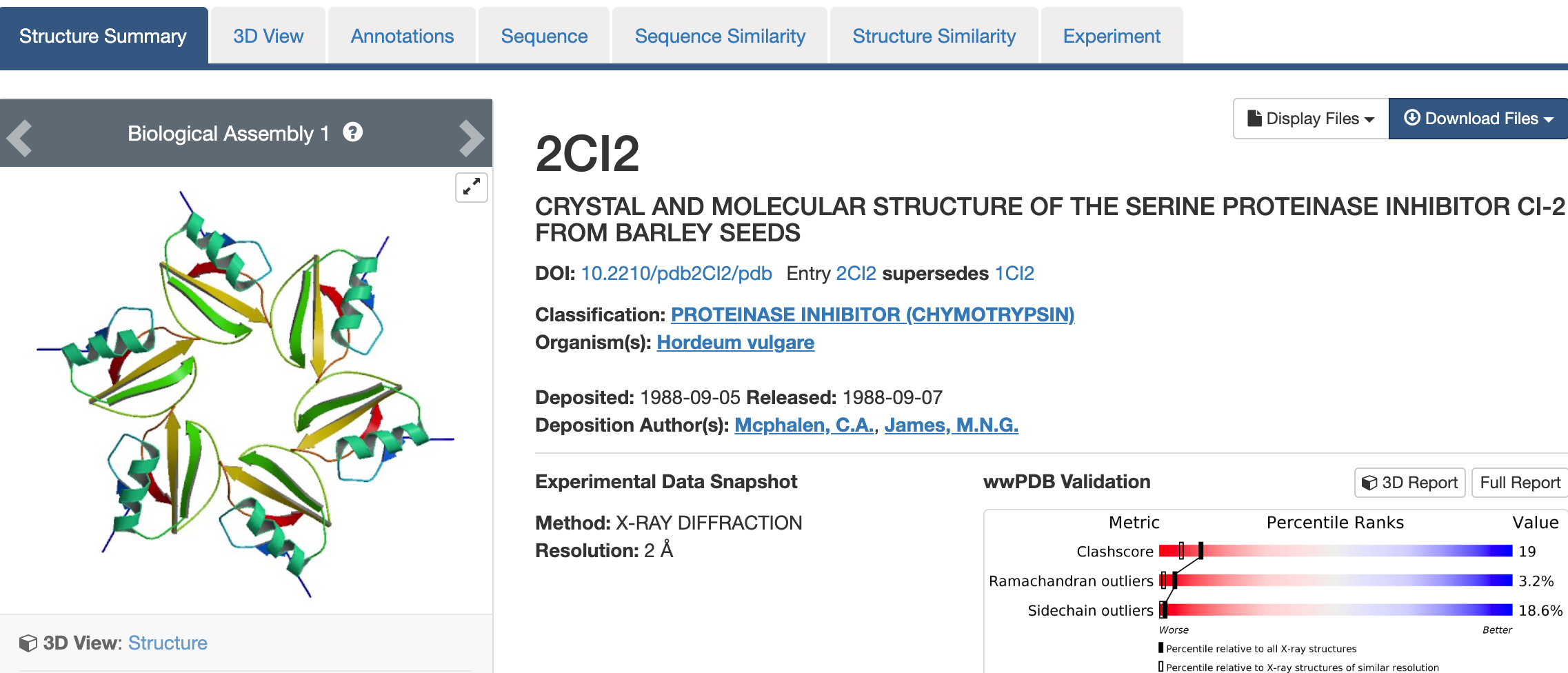Homework Questions.
How many molecules of amino acids do you take with a piece of 500 grams of meat? (on average an amino acid is ~100 Daltons)
* 1 Dalton is 1.66054 × 1024 gram, meaning that 100 Dalton (one molecule of amino acid) is 1.66054 × 10-22
* 500g / 1.66054e × 10-22 = 3.01106869 × 1024 molecules of amino acid.
* google.com
Why are there only 20 natural amino acids?
* Only 20 amino acids are used by nature to make proteins ( + 2 less frequently existing selenocysteine and pryyolysine ), and there are many more that don’t do so. The adoption of the 20 amino acid system was likely a part of a evolutionary sciecne decision based on their simplicity and readiness for reactions and creations. There are multiple explanations for this involving chemistry, oxygen and even tRNA.
* https://www.chemistryworld.com/features/why-are-there-20-amino-acids/3009378.article
Why most molecular helices are right handed?
* One existing hypothesis (Vester-Ulbricht model) was built on the fact tha most of the electrons spewing from radioactive beta decay were left-handed, and at the lowest electron energies they studied, left-handed electrons preferentially destroyed left-handed molecules, leaving only the right. There are also other explanations on this, such as limitation of backbone and molecule bonding angle , and side-chain / main-chain bonds, etc.
* https://news.unl.edu/newsrooms/unltoday/article/why-is-dna-right-handed-unl-finding-supports-hypothesis/
Where did amino acids come from before enzymes that make them, and before life started?
* It was assumed to be inbetween protein and DNA, as one produces the other (like chicken and egg). In the 1960s, the new assumption made was that the first self-replicating molecules were made of RNA, and was confirmed that RNA could indeed fold like protein, allowing them to not need additional replicators.
* https://www.newscientist.com/article/mg21128251-300-first-life-the-search-for-the-first-replicator/
What do digital databases and nucleosomes have in common?
* A nucleosome is a basic unit of DNA packaging in eukaryotes. It contains information, organizes it and allows access to that information just like how we can program and read/write a digital database.
* https://en.wikipedia.org/wiki/Nucleosome
Protein Analysis

Briefly describe the protein you selected and why you selected it.
* It is an aesthetically pleasing protein that has an easy to identify structure.
* http://beautifulproteins.blogspot.com/
* https://www.ebi.ac.uk/pdbe/entry/pdb/2ci2/citations
Identity the amino acid sequence of your protein.
* The organism of this protein is Hordeum vulgare, and the length of the amino acid sequence is 83. The frequently appearing amino acids seem to be V (most frequent, a branched-chain amino acid), E and K. The homology models query result shows 32.
* https://www.proteinmodelportal.org/query/up/P01053

Identify the structure page of your protein in RCSB
* The structure was deposited and released in 1988. It is a unique protein with good stability.
Identity the amino acid sequence of your protein.
The organism of this protein is Hordeum vulgare, and the length of the amino acid sequence is 83.


Protein Visualization
The visualization from left to right are backbone, surface, spacefill, licorice and line. The cartoon version is on the top of all.
It as more beta sheets from the visualization (only 1 helix); and yes there are binding pockets at the intersection of the asymmetric units.